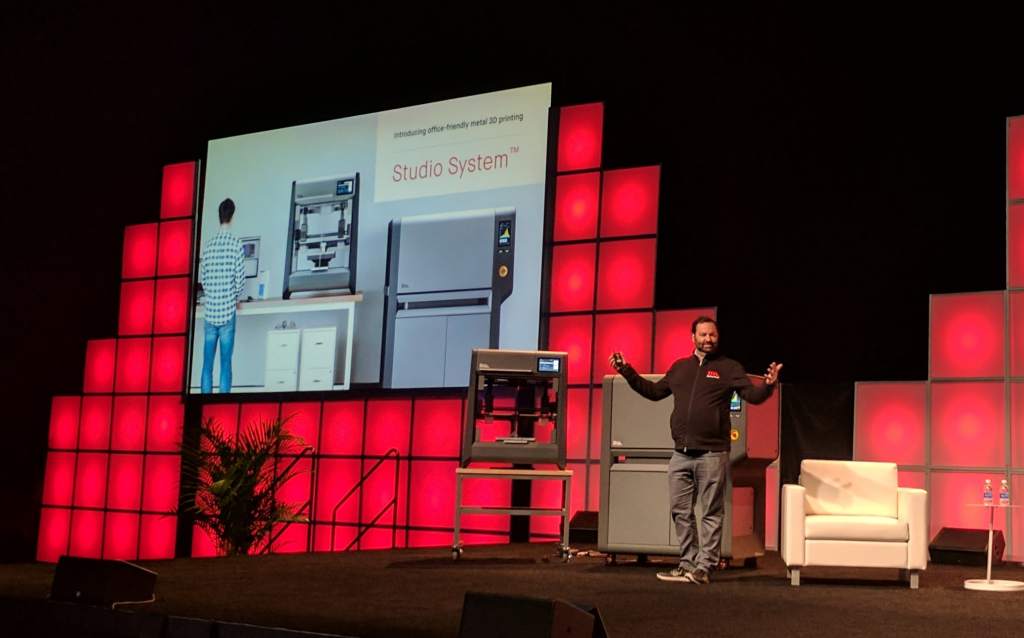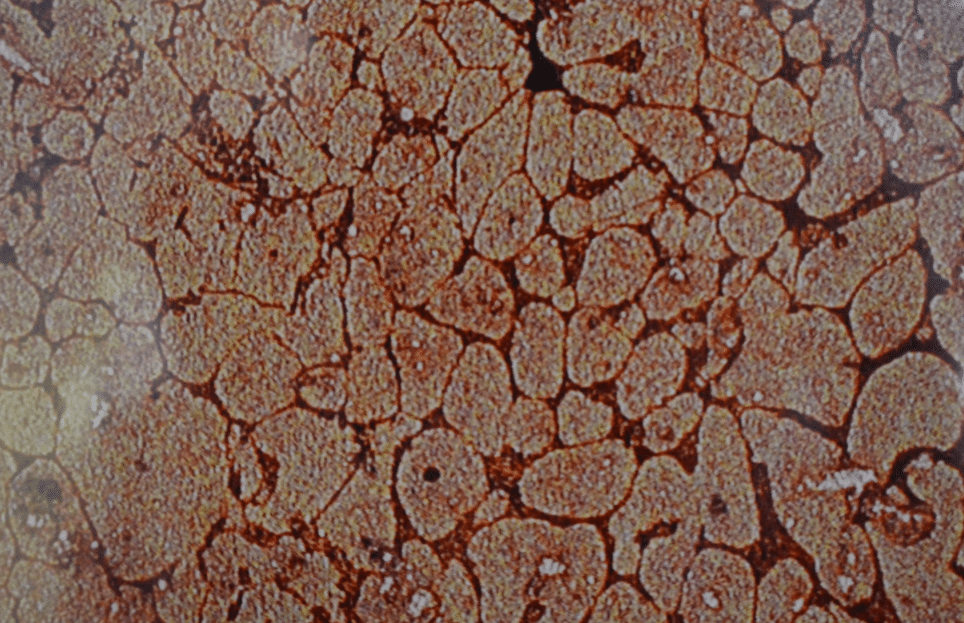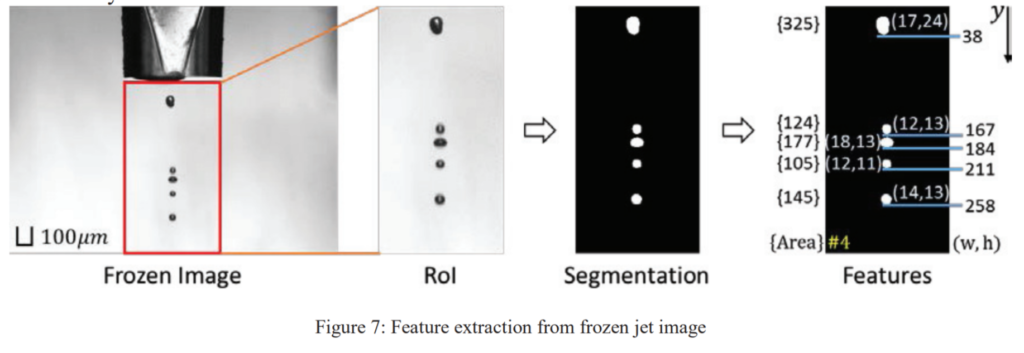Aluminum has a fascinating history, yet 3D printing with the material has proved problematic.
Guests of Napoleon III could expect to eat from gold or silver plates, while aluminum was reserved for Emperor and later President of France. Aluminum’s prohibitive cost of production was also deemed to make it suitable for crowning the Washington Monument.
Once the Bayer and Hall-Herout processes for the industrial scale production of aluminum were perfected, the cost tumbled and now the metal is one of the most common on the planet – with a price to match.
The majority of metal additive manufacturing technologies work with expensive spherical metal powders, one of the reasons one why metal 3D printing remains beyond the reach of many enterprises. While efforts are underway to lower the cost of metal additive manufacturing, 2017 has seen a number of challenges to the status quo.
Research from the the State University of New York, Buffalo and, Concordia University, Montreal looks at improving a novel additive manufacturing method called liquid metal 3D printing – a process that can work with aluminum and other metals.

10x faster at 1/10th of the cost as compared to current metal 3D printing techniques
The authors of a study presented at the 45th SME North American Manufacturing Research Conference, NAMRC write, “most of the current metal 3D printing applications involve high cost and lowspeed metal powder sintering or melting.”
Enterprises proposing an alternative metal additive manufacturing method include Desktop Metal, Markforged and 3DEO. These companies bring metal injection molding (MIM) based methods to the 3D printing industry. Soon they will be joined by other enterprises also working with MIM powder.

However the Vader Systems solution takes a different approach. During 2016’s International Manufacturing Technology Show (IMTS) in Chicago I learned more about commercializing the world’s first molten metal 3D printer using proprietary Liquid Metal Jet Printing (LMJP) from co-founder Zach Vader.
The LMJP metal 3D printing method uses integrated melting and inkjetting to achieve what the authors say is 10x faster at 1/10th of the cost. Furthermore, “molten solid metal in LMJP rather than sintered powder leads to dense metal parts with much finer micro-structure that have 30% or greater increase in ultimate tensile strength.”

Monitoring the behaviour of jetted liquid metal
However, LMJP is not without drawbacks. The authors write, “the jetting process may be influenced by many uncertain factors, which imposes a significant challenge to its process stability and product quality.” Such factors include variations in air pressure that can cause the drops of liquid metal to land in the wrong place.
To address these challenges the scientists developed an in-situ droplet inspection and control system. They describe the system as follows,
We present a closed-loop control mechanism using vision technique to inspect droplet behaviours. This system automatically tunes the drive voltage applied to compensate the uncertain influence based on vision inspection result. To realize this, we first extract multiple features and properties from both frozen and dynamic images to capture the droplet behaviour. Second, we use a voting-based decision making technique to determine how the drive voltage should be adjusted.
The researchers note that LMJP is still at an early stage and their work is based on a simulation due to limited access to LMJP prototypes. Furthermore, the 3D printed metal parts seen by 3D Printing Industry still have some way to go before they could be mistaken for an EBM or DMLS fabricated component. On the other hand, Selective Laser Melting does have a twenty-plus year headstart on LMJP.
The research paper, “In-situ Droplet Inspection and Control System for Liquid Metal Jet 3D Printing Process” by Tianjiao Wanga, Tsz-Ho Kwokb, and Chi Zhoua is available here.
For all the latest 3D printing industry news, subscribe to our free additive manufacturing newsletter and follow our active social media accounts.
Featured image shows the Vader Systems Booth at IMTS. Photo by Michael Petch.




